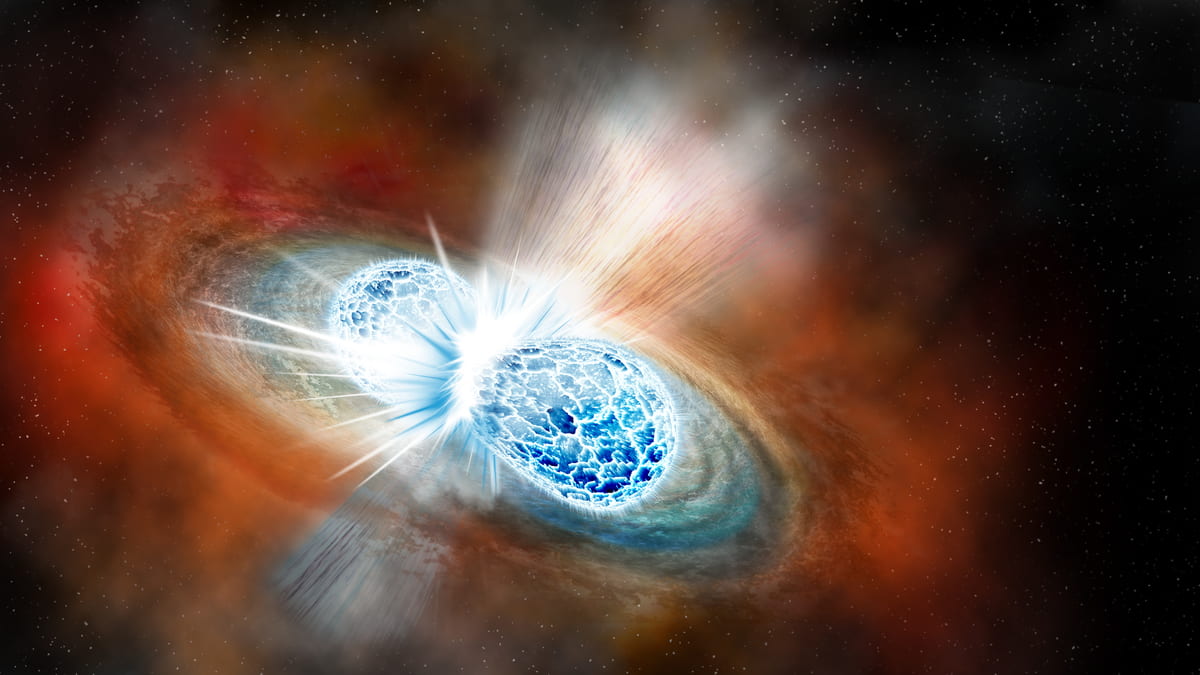DARTS is a low-resolution spectrograph for transient astrophysics at Lick Observatory.
Astrophysical transients like supernovae have a broad range of applications from the discovery of the accelerated expansion of the Universe to counterparts to gravitational wave sources. There are a wide variety of transients, and spectra are key to understanding them.
New surveys are discovering >10,000 transients each year with the discovery rate doubling every year. But the number of spectra has stagnated because of the lack of spectroscopic resources, where only 10% of discoveries ever have a spectrum. DARTS will solve this problem.
The combination of DARTS and APF will be the largest-aperture robotic telescope with a low-resolution spectrograph. With queue scheduling, we can quickly observe new discoveries, get nightly observations of interesting targets, and easily time observations with other resources.
Illustration by Robin Dienel courtesy of the Carnegie Institute of Science

